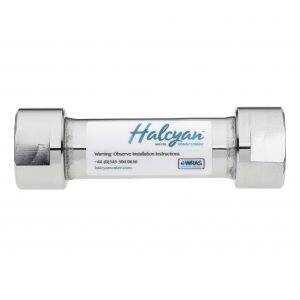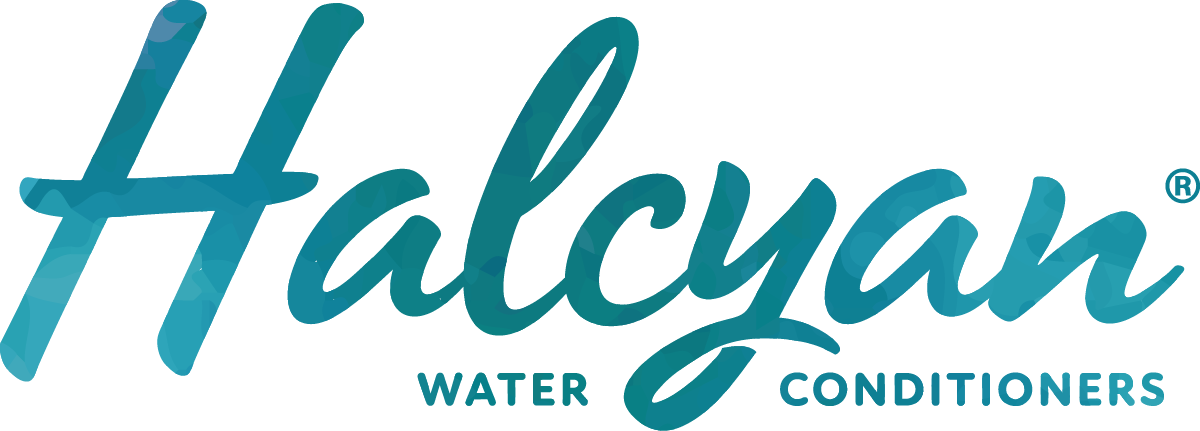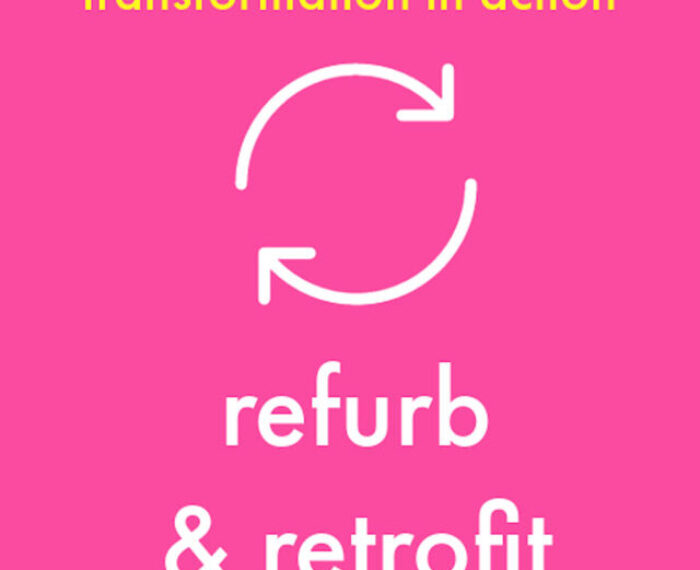It is a familiar sight to many in the UK – Limescale Everywhere. Limescale on the shower head, Limescale on appliances, Limescale on glass. It is both an eyesore and a costly problem. Expensive shower heads, boiler heat exchangers and other pricey household appliances can all be rendered inoperable by the accumulation of Limescale which is you need to Remove Limescale frequently. So how do you deal with this problem? We’ll take a look at some cleaning solutions to get rid of Limescale as well as preventative measures to be taken.
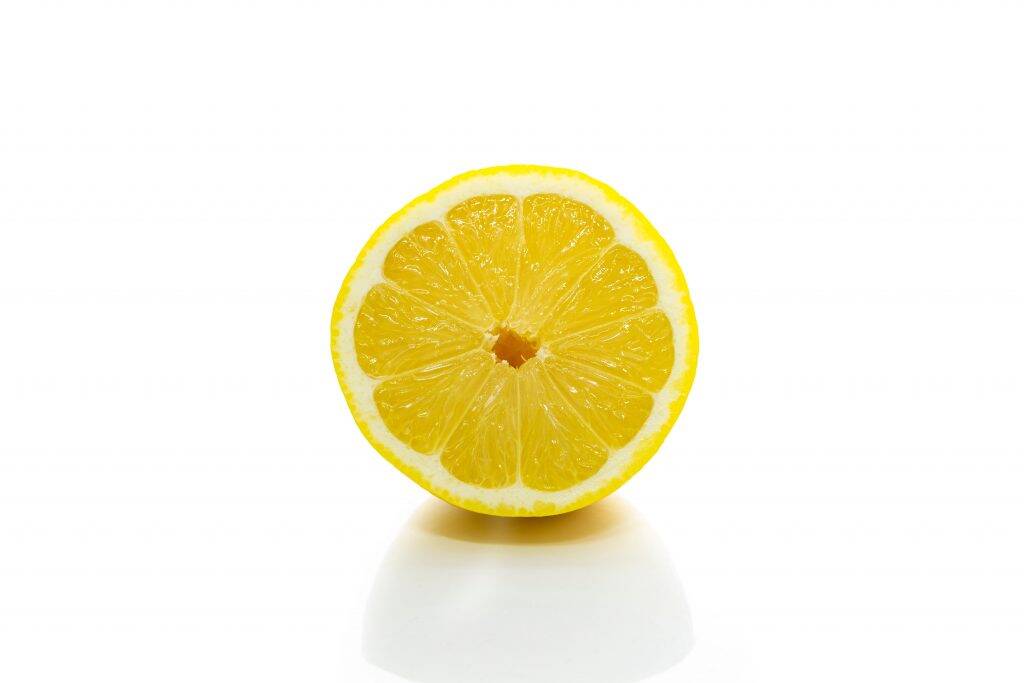
Remove Limescale – Solutions at home
The key to dealing with Limescale everywhere is acid. Calcium carbonate, is the major building block of limescale and is broken down quickly when exposed to solutions with a low pH. If you’d like to read about Limescale in more detail please check out this blog.
Whilst you can buy somewhat expensive and often harmful descaling chemicals, vinegar and lemon juice will deal with the problem with a much lower expense to you and the environment.
But how best to use these readily available techniques? The real trick is to prolong the contact with the acid. In most cases soaking a washcloth and scrubbing won’t be enough. You want to leave the acid in contact with the scale for at least an hour for it to work at its best.
Remove Limescale on Taps
For limescale on taps using a cup and immersing the affected area is the best way to ensure the limescale has soaked for the appropriate amount of time, doing this can be a little tricky depending on the make and model of tap. Limescale on taps doesn’t just stick to the end however, where build up has occurred around the base of a tap a pad of cotton wool soaked in vinegar or lemon juice attached firmly around the spot and left for an hour or more should do the trick.
Remove Limescale and Preventing build-up in the Shower,
For limescale on the shower head simple immerse the rose in a solution of your chosen acid and leave overnight. The next day, build up should be significantly reduced and any limescale in the shower still present should be much easier to remove.
Remove Limescale on the Kettle
Limescale on the kettle can be dealt with using a straightforward application. Simply fill the kettle a quarter of the way with your cleaning mixture and leave for an hour before filling it the rest of the way with water and boiling it. Limescale on the outer surface of the kettle can removed by applying a soaked cotton pad to the affected area and leaving for over an hour. Any remaining deposits should then be easy to clear away.
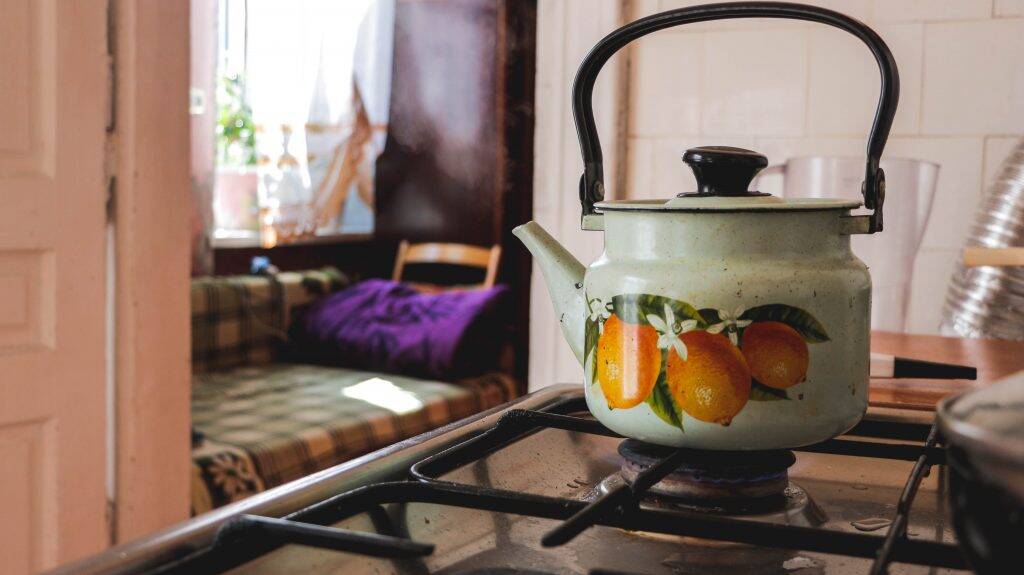
Remove Limescale on the Dishwasher and Washing Machine
if you have limescale on dish washers and washing machines this can be dealt with in the same way. Simply replace your usual detergent with vinegar or lemon juice and run a normal cycle leaving the appliance empty.
Remove Limescale on Tiles
Limescale on tiles is the easiest build-up to remove as the flat surface means residue does not adhere as strongly as it would elsewhere. A washcloth soaked in vinegar or lemon juice and a good scrubbing will do the trick.
Preventative Measures
A method for preventing limescale formation is to purchase and install a salt softener. A good quality salt softener will prevent limescale build up on surfaces and appliances as the hardness in the water has been removed. This is however a costly solution, both in the short term and in the long term as a softener needs to be diligently topped up and maintained in order to achieve results.
The other option is to purchase and install a water conditioner. This will prevent build up within pipework and appliances and produce an easy to remove residue on outside surfaces. The cost of these systems can vary wildly but as a general rule of thumb the more expensive systems provide better results and last for longer than the cheaper systems. The advantage of conditioners is the total lack of maintenance required and the lack of associated running costs. Conditioners on the whole are also much better for the environment than traditional softeners.
We hope this has been helpful in tackling your limescale problem. Why not find out more about Halcyan and how it can help, check out our FAQ’s below.
